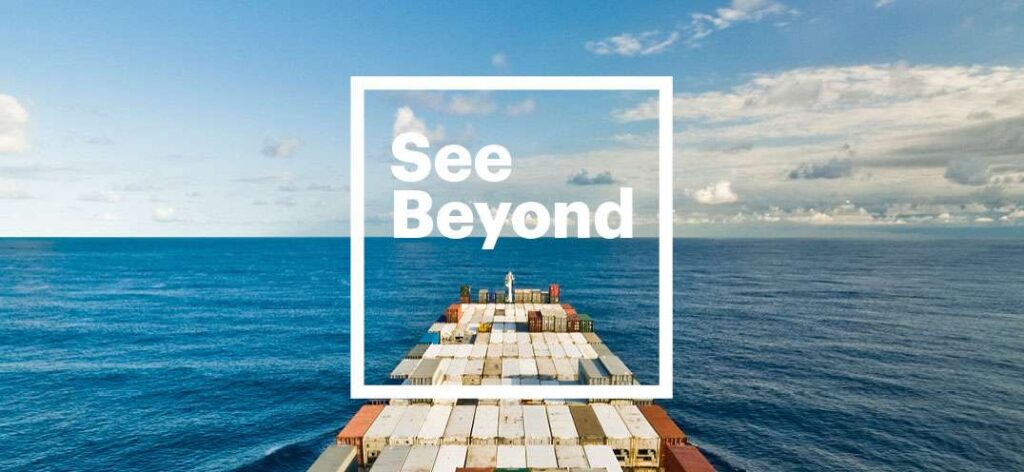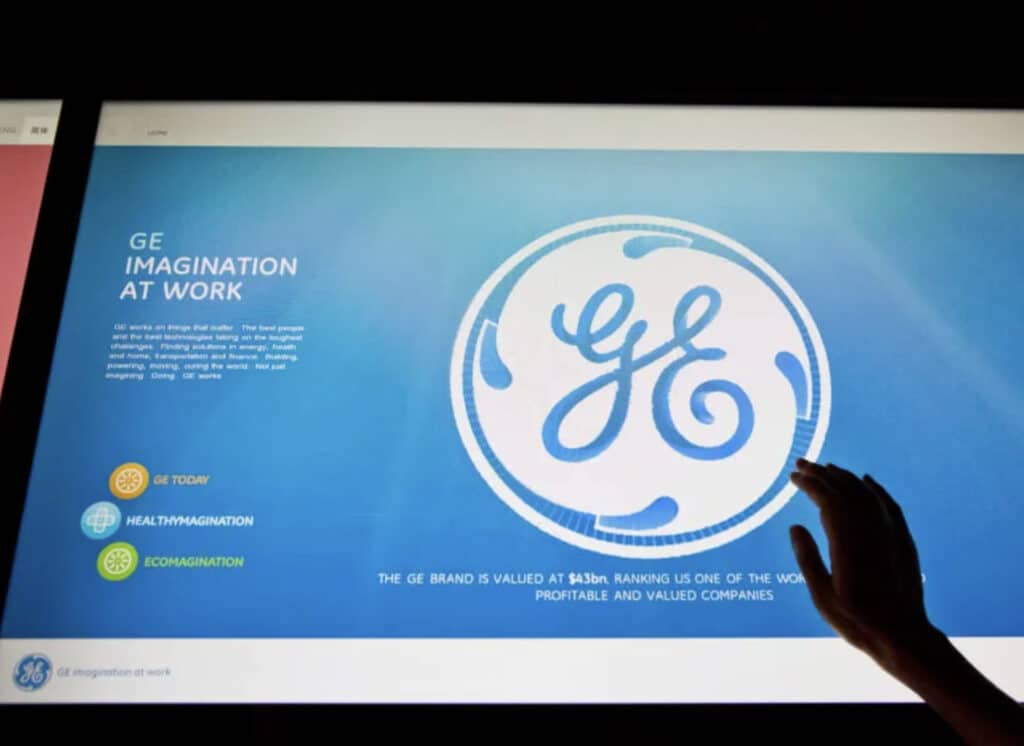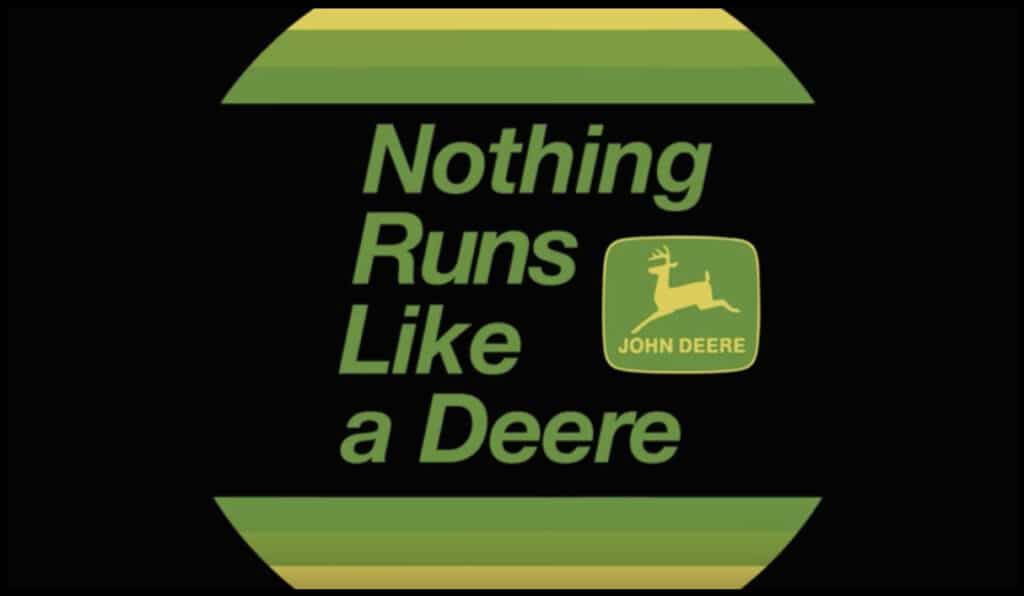Subscribe to Our Newsletter
Among B2B brand assets, a tagline can be one of the most powerful at shaping perceptions of a company. A new one can be especially useful when the business wants to vault toward a new future after M&A activity or some other business transformation.
Google “how to write a great B2B tagline,” and you’ll find countless articles and blog posts offering lists of essential characteristics. You’ll be instructed to make your tagline short, keep it simple, highlight some key benefit of solutions or services, etc.
There’s nothing technically wrong with many of these recommendations. But CMOs know the measure of a B2B tagline is found in what it achieves for the brand, not how many boxes it ticks as a writing exercise. It’s an effective and enduring value creator. Or it’s not.
Want to make sure your B2B tagline has the strength to get the job done? Let’s look at the tagline’s unique role, some common missteps that can weaken its influence, and examples of great taglines that drove value creation.
Understanding how taglines work
In only a few words, a great tagline adds rich dimension to your value proposition, setting you apart while making you unforgettable. It lives right next to your all-important name. It signals the greater value of partnering with you. And unlike temporary campaign slogans, it needs to stand the test of time.
Given how concise taglines must be, it’s amazing what they can accomplish. The best are so memorable they can even stand in for a company’s name and/or logo. (“Just do it.” See?)
Taglines work by sharing exactly what audiences need to hear to motivate them, at a glance, to remember and choose you. The challenge is to decide the most important message to send them, then shape it to reinforce or transform key perceptions.
Avoiding the predictable and formulaic
Sometimes you have a tagline that reflects what you do perfectly—but it just doesn’t seem to make a lasting impression. It’s perfectly true; it just doesn’t land. Why?
There are a few possibilities. A tagline can be merely serviceable (as opposed to strategic) when it’s based in table stakes, not brand differentiation. Size, strength, reliability, profitability…these are predictable “jacks for openers,” to stick with our poker metaphor. You need them just to be in the game, but they don’t ensure a winning hand.
A tagline can also underperform when it comes across as formulaic—its structure calling more attention than the message itself. Brand builders know: if you want to find that one great line that resonates with B2B stakeholders, you have to research their deeper needs and decision-making contexts exhaustively, then leverage that knowledge to drive relevance. Otherwise, your tagline may not pack enough understanding and meaning to move them.
Consider the outputs of Shopify’s “Free Slogan Maker,” which will generate up to 1,000 tagline ideas based on basic information that you enter about your business. It’s a tool clearly built by lighthearted people; for example, our test run using the word “Trust” produced “Trust. Melts in Your Mouth Not In Your Hand.” But we found it disturbing how many algorithmically-created lines were plausible, at least in terms of structure:
- Trust empowers you.
- Go. Trust.
- Say it with trust.
- Trust for a better future.
These quick phrases sound like taglines. But they don’t convey a brand promise that can draw you in and persuade you that the brand understands something important about you. Even if trust is an important aspect of the customer relationship, a tagline must do so much more than contain an important idea.
Making the connection that creates maximum value
What makes a B2B tagline strong? Its emotional relevance to stakeholders and the business’s clarity about the job they want it to perform. A tagline can be the perfect concise expression of a B2B brand’s value. It just needs to be developed with thoughtfulness and appreciation for its unique role.
Because taglines are so visible, it’s tempting to want them to communicate too many ideas at once. But like a B2B brand name, a tagline can’t do everything. We recommend thinking of it as prime brand real estate as a way to narrow the possibilities down. What do you most urgently need to build in that space to create value for your brand?
When we partner with our clients to create taglines, we urge them to consider deeper stakeholder priorities. It’s time to identify the specific emotional connection that will inspire stakeholders to partner with you—and then create it.
Is your mission a best-kept-secret that would resonate? How about the closeness of your partnerships? If you’re an innovator in your category and your audiences pride themselves on driving their own companies forward, that might be smart info to elevate. You may also want to simply build positive associations with your company by making people laugh.
It starts with knowing who you are and what you’re really in business to do. A great tagline makes people believe you understand their journey, and it makes them want to share it with you.
What does “Just do it” have to do with sneakers or fitness apparel? Nothing. It has to do with the person choosing—daring—to put Nike products on and embrace each day’s challenges with the heart of a champion. The Nike brand appeals to the elite athlete in each of its consumers. Know your audience that well, and the tagline you create can define your brand for generations.
With that, let’s dig into the truly essential ingredients of a great tagline—one strong enough to connect.
Three attributes of an effective B2B tagline
1. It’s inspired by the brand’s essence
Services and solutions change, but a B2B brand’s greater reason for being doesn’t. The strongest taglines express a company’s most enduring purpose or point of value. Strength, stability and other benefits come through loud and clear—there’s no need to state them. Knowing who you are and celebrating it signals confidence and vision.
2. It expresses understanding for stakeholders
The journey of the B2B buyer is famously long and complex. And along the way, their emotions play a surprisingly large role. Strong taglines convey how well the brand understands prospects and customers—down to the personal pressure they feel to perform well in their roles. It takes dedicated research. But when we discover what matters most to people at key moments of decision, we know what they need to hear.
3. It promises the differentiated experience your audiences need
Well beyond table stakes and “best in class” offerings, there’s something your brand does uniquely well for people. Strong taglines communicate how you meet stakeholders’ needs in a way no other partner can—whether it’s how you work, the values that guide you or some other core strength. Grounded in who you are and informed by what you understand, it sets you apart as the one B2B brand that’s right for them.
Now let’s look at some successful taglines and the strategic underpinnings that gave them their power.
Examples of strong B2B taglines
Example 1: “See Beyond” (Lathrop Gage)
Lathrop Gage, a Kansas City-based law firm, came to DeSantis Breindel after expanding rapidly through both acquisitions and organic growth. It was gaining traction in exciting areas like biotech and IP, so its brand needed to express much more than strength across traditional practices.
As we discovered in our research phase, Lathrop Gage’s new value proposition included unique abilities. The firm could foresee legal issues before they arose and leverage the law as a catalyst for business growth. Its vision extended beyond purely legal or regulatory constraints, beyond siloed practices and beyond conventional approaches.
So we created a new tagline grounded in Lathrop Gage’s new promise: “See Beyond.”

“See Beyond” was directly inspired by the law firm brand’s essence: its greater vision. It expressed understanding for clients—those business leaders who feel accountable for finding clarity in our fast-changing world. And it offered the differentiated experience they needed: partnership with trusted advisors who knew what to watch for, why it mattered and what to do (from a legal perspective) to give the company its best advantage.
Lathrop Gage’s tagline became the firm’s North Star, with “Beyond” storytelling infused into the firm’s culture. (Case in point: Internal meetings began with attorneys and staff presenting informal case studies that illustrated how the firm went beyond.) Having defined the firm’s purpose and strength so precisely, Lathrop Gage’s tagline created value-driving cohesion across every brand expression.
Example 2: “Imagination at Work” (GE)
We definitely can’t claim credit for this one! But like Lathrop Gage, global aerospace leader GE found a great tagline by discovering what truly sets them apart—and it isn’t any form of engineering or technology.
To find their tagline, GE conducted extensive research, engaging leadership and employees from engineering, marketing and design. And as they learned about their own promise, they dug into all the ways that their people are both inventive and pragmatic.
The result? A compelling tagline with staying power: “Imagination at work.”

This tagline nailed the brand essence squarely, capturing the spirit that united GE’s diverse lines of business. It spoke to stakeholders, communicating how GE not only generates amazing ideas, but also executes them. And it promised them a dynamic partnership experience—the chance to work with innovative, inspired teams who know what it takes to get to practical application.
Example 3: “Nothing Runs Like a Deere” (John Deere)
“Nothing Runs Like a Deere” was born decades ago as a temporary advertising slogan for agricultural machinery leader John Deere. The business was proud of the reliability of its products and wanted to convey its commitment to quality. But the slogan had stronger legs and became a permanent part of the brand—because it has all three attributes of an effective B2B tagline.

This tagline combines the brand essence, audience understanding and the promise of an elevated experience seamlessly. John Deere’s brand was always grounded in excellence and integrity, signaling the consistent performance of its many types of heavy machinery. For customers who need to maintain fleets of vehicles, superior performance and reliability are everything.
Over time, “running like a Deere” also took on deeper meanings. Think how much the world of agriculture has changed since the brand first introduced its slogan in 1971. This tagline now also conveys innovation and commitment to remaining the best, no matter how competitive the marketplace gets. It’s a statement but also a promise to customers who need to know their own company’s performance is assured—no matter what comes next.
We like all three of these B2B taglines because they succinctly and memorably celebrate each brand’s key differentiators. They strike powerful emotional chords, capturing important ideas that audiences care about and offering them the specific brand experience they need—in just a few words. All were the outcome of robust processes that unearthed what matters most to people. And all drove value creation for the business: the true test of a B2B tagline’s strength.
Need a powerful new tagline to vault your company forward? Contact us.
Originally published August 28, 2021, authored by Hannah Foltz.



